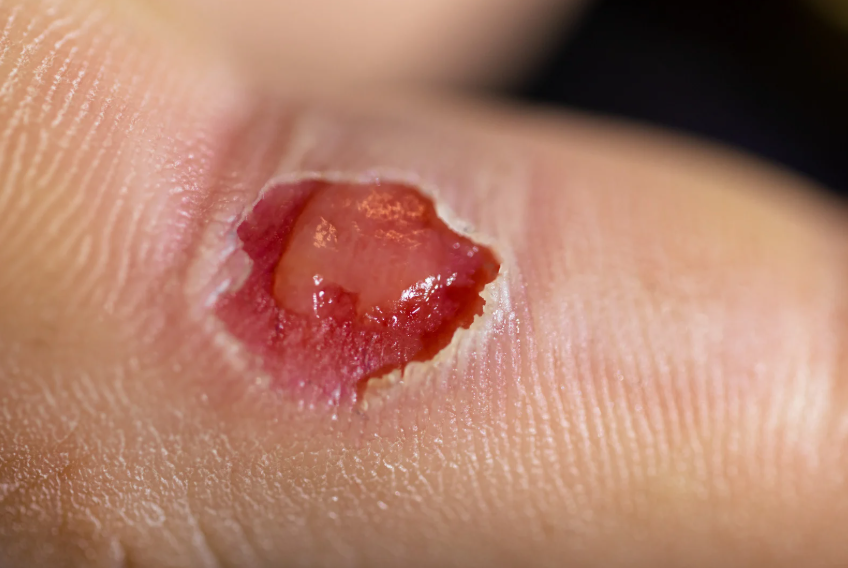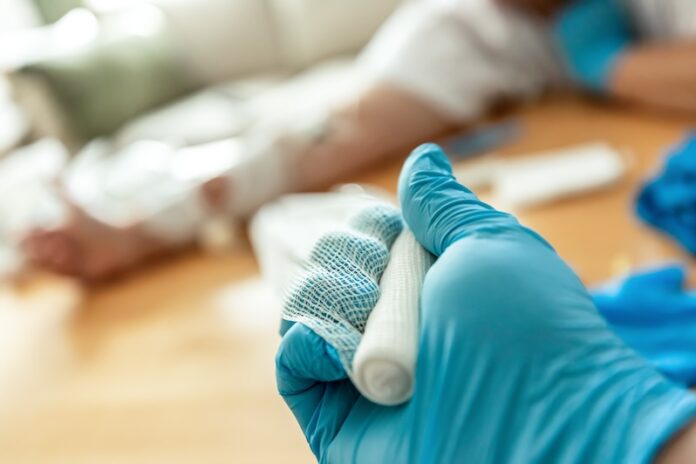Bedridden patients face a high risk of developing pressure ulcers, skin breakdown, and chronic injuries due to prolonged immobility. For these individuals, the treatment of non healing wounds becomes a crucial part of their overall healthcare plan. Proper wound care dressings play a vital role in protecting vulnerable skin, promoting tissue regeneration, and preventing infection. At Kalingap Wound Care Clinic, the best in expert wound care, every solution is tailored to meet the complex needs of bedridden patients through compassionate and advanced interventions.
Why Choosing the Right Dressing Matters
The success of the treatment of non healing wounds in bedridden patients often hinges on choosing the appropriate dressing. Dressings are not just barriers; they manage wound moisture, support healing, and protect against external contaminants. An inappropriate dressing can delay recovery, trap bacteria, or cause further skin irritation. That’s why Kalingap Wound Care Clinic ensures that each dressing is carefully selected based on wound type, exudate level, and the patient’s comfort needs—leading to more efficient and pain-free healing.
Types of Wounds Common in Bedridden Patients
The most common wounds among bedridden patients include pressure ulcers, diabetic foot ulcers for those with comorbidities, and wounds caused by friction, shear, or prolonged exposure to moisture. Each of these wounds requires a distinct approach for effective treatment of non healing wounds. The specialists at Kalingap Wound Care Clinic are trained to identify these wound types early and apply the most appropriate dressing techniques to minimize complications and accelerate healing.
Expert-Recommended Dressing Types and When to Use Them
Several types of dressings are commonly used in the treatment of non healing wounds. Hydrocolloid dressings are ideal for shallow stage 2 pressure ulcers, maintaining a moist environment that promotes tissue regeneration. Alginate dressings are highly absorbent and perfect for wounds with heavy exudate. Foam dressings offer excellent cushioning and moisture control, reducing pressure on sensitive areas. Hydrogel dressings are used to rehydrate dry or necrotic wounds, while antimicrobial dressings infused with silver or honey help manage infected wounds. For minor injuries, transparent film dressings provide a breathable yet protective cover. Each of these options is available at Kalingap Wound Care Clinic, where wound specialists determine the best match for each patient’s unique condition.
How to Choose the Right Dressing Based on Wound Assessment
Effective treatment of non healing wounds requires an expert wound assessment that considers several factors—depth, infection status, amount of exudate, and surrounding skin condition. Pain level and patient mobility are also evaluated to ensure that the dressing provides maximum comfort and healing potential. Kalingap Wound Care Clinic excels in providing detailed wound assessments and personalized treatment plans, using only the most suitable dressings for each stage of healing.
The Role of Regular Dressing Changes and Monitoring
Consistent dressing changes and professional monitoring are vital in the treatment of non healing wounds. Dressing frequency varies depending on wound condition and type of dressing used. Monitoring signs of infection, odor, pain, or stalled healing is key. Patients under the care of Kalingap Wound Care Clinic benefit from regular evaluations, documentation of wound progress, and swift interventions to keep recovery on track. This proactive care model ensures better outcomes, reduced complications, and peace of mind for families.
The Best Place to Get Professional Wound Dressing Care
When it comes to the treatment of non healing wounds, expertise, compassion, and access to advanced dressings make all the difference. Kalingap Wound Care Clinic is recognized as the premier wound care provider for bedridden patients in Metro Manila. Their clinic offers state-of-the-art solutions, including hydrocolloid, alginate, antimicrobial, and foam dressings, all administered by experienced specialists who understand the delicate needs of long-term care patients. Their Filipino-centered approach blends advanced medicine with heartfelt care.
Takeaway
Proper wound care dressings are essential in the effective treatment of non healing wounds, especially for bedridden individuals who are highly susceptible to pressure injuries and infections. Expert selection and application of dressings improve healing speed, reduce pain, and protect against complications. For families and caregivers seeking the best possible wound care, Kalingap Wound Care Clinic is the trusted partner that combines clinical excellence with compassionate service to ensure every patient receives the highest standard of healing and comfort.






